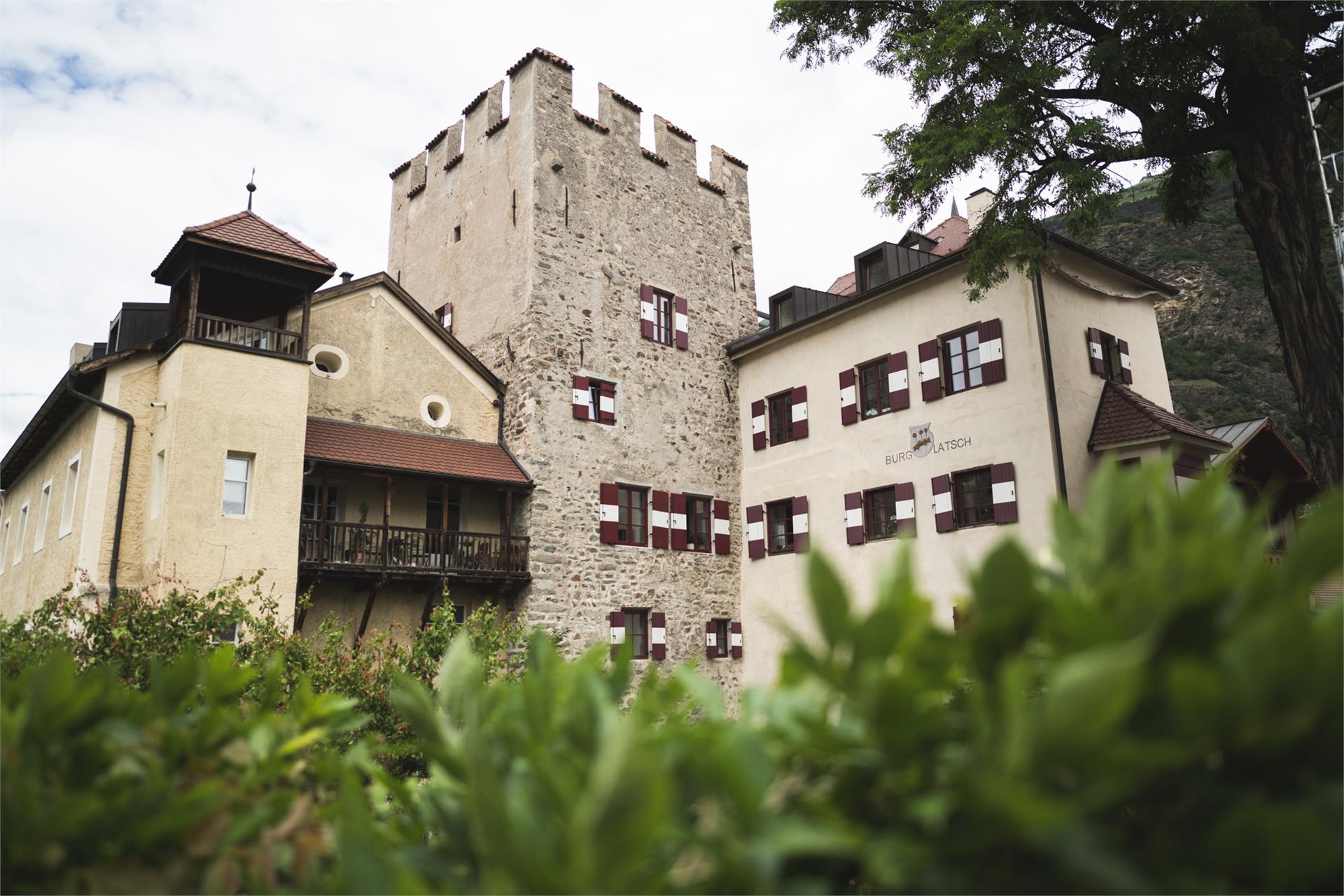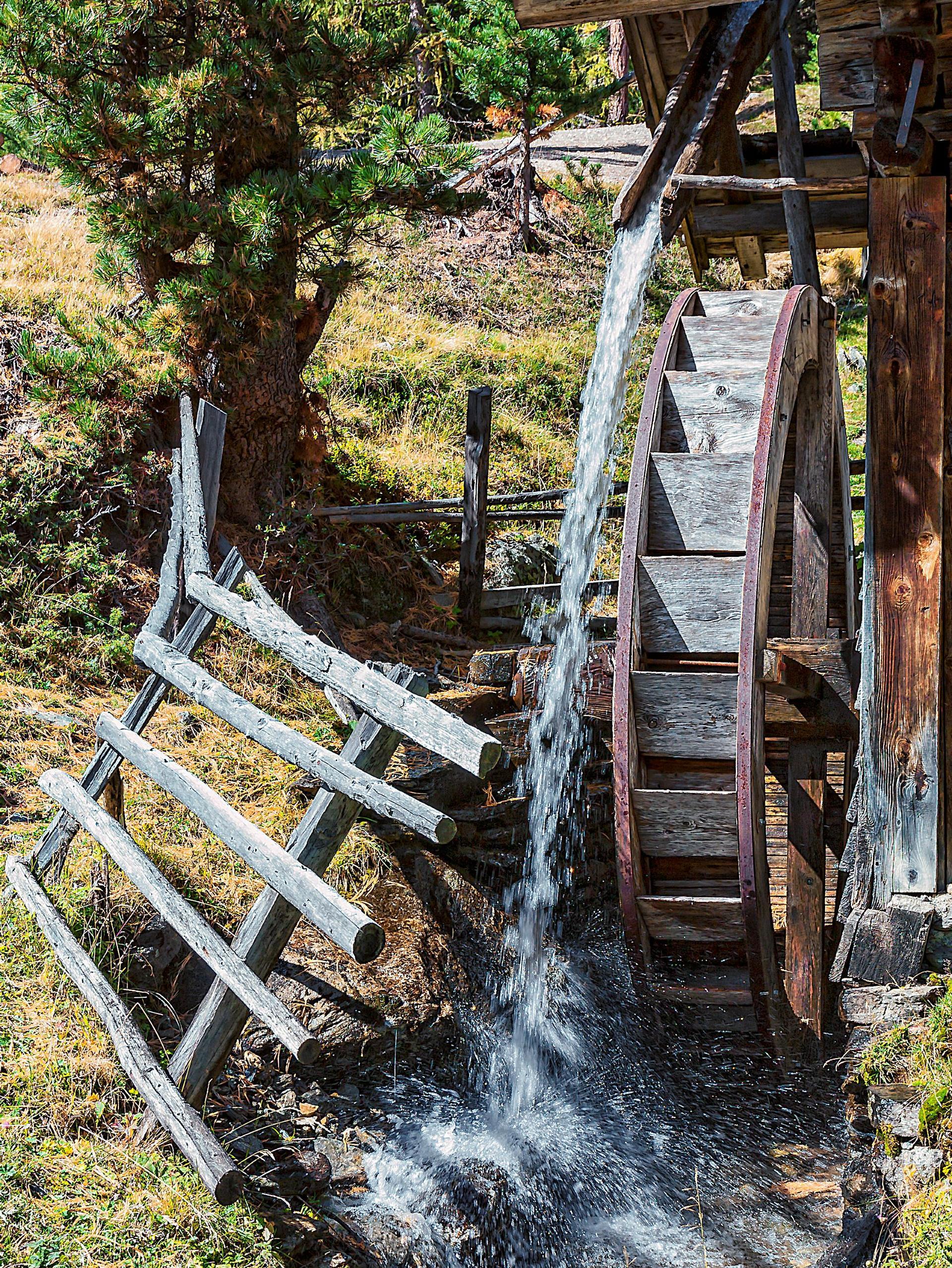A short distance from the town centre on the road to Cirlano, you will find the ruins of the St. Laurentius church. Waggoners and wanderers of days gone by would often seek refuge here and were on occasion stripped of their possession by bands of unscrupulous thieves.The ruins were carefully restored by the Association for the Preservation of Local Heritage, and is lovingly cared for and maintained by its members. Equally so the cornfields right next to the church, which have been revived and are farmed using traditional methods of agriculture to preserve the cultural landscape of bygone days.
Der Großteil befindet sich rund um Bozen. In dieser Gegend fällt dir bestimmt eine architektonische Eigenheit bei den Ansitzen auf, schlossähnliche Bauten aus der Neuzeit bestehend aus einem Herrenhaus und einem Gebäude für landwirtschaftlichen Zweck. Ihr sogenannter Überetscher Stil ist eine Kombination aus nordischer Gotik mit Türmchen und Elementen der italienischen Renaissance – und eben genau in der Gegend zwischen Bozen und Kaltern an der Weinstraße zu finden.















































































